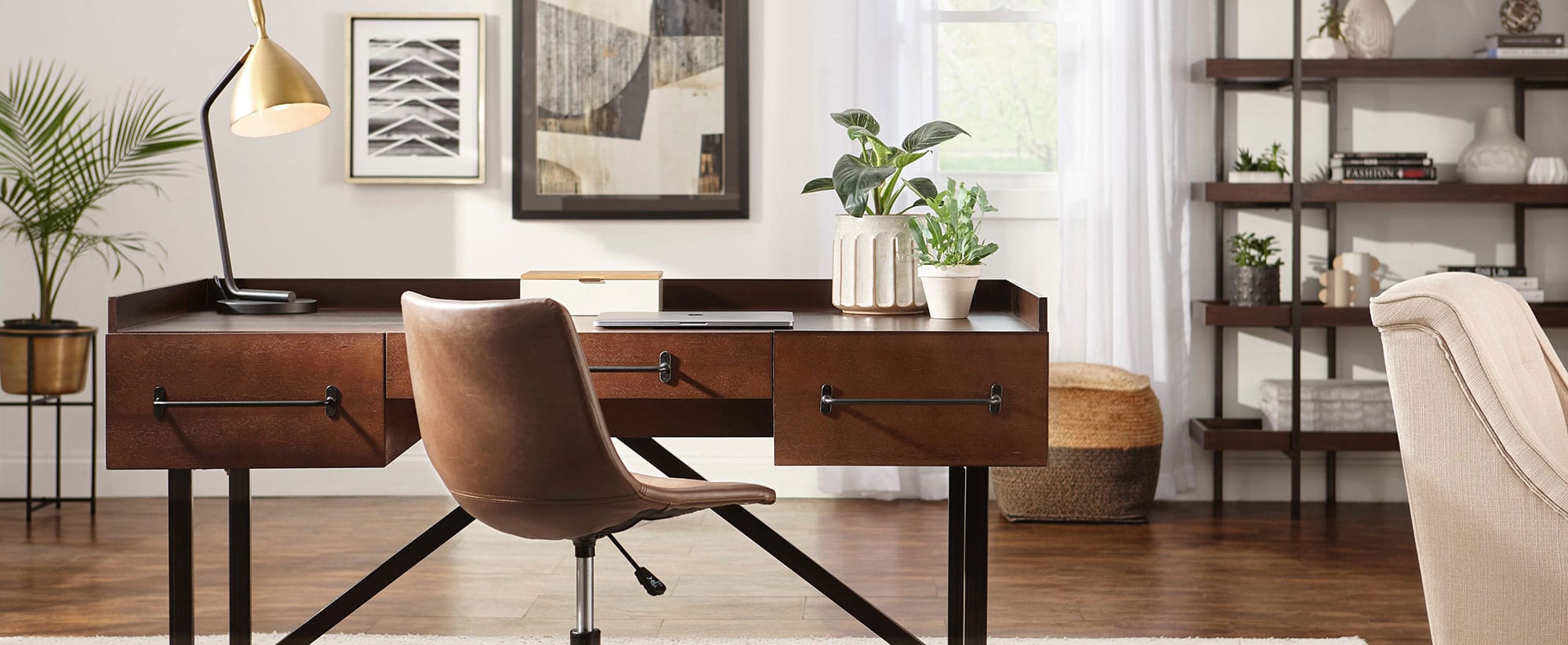What to Know if Your Workspace Is Also a Spare Bedroom
The "spare" room often has to do double duty as both a home office and guest room—especially as remote work becomes the norm. Here are 13 tips for designing a guest-room office that's versatile enough to serve as a workspace during the week and a welcoming place for guests on the weekend.
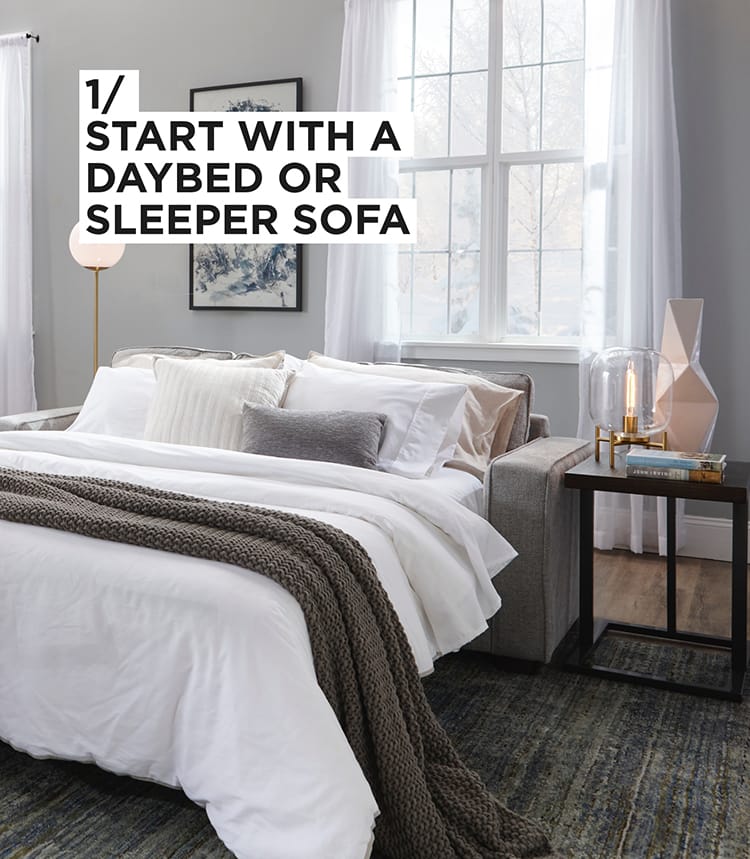
It goes without saying that overnight guests will need a place to sleep, but a traditional bed often takes up too much space in a room you're also using as an office. For this reason, daybeds, futons, and sleeper sofas are good options. These pieces have smaller dimensions and can double as seating in a home office. Meanwhile, a Murphy bed can disappear into a wall during the workday and fold down at night as needed.
If you have frequent overnight guests and only an occasional need for a work-from-home setup, it may be more practical (and comfortable) to stick with a full, queen, or king bed and instead carve out a corner for a modestly sized work desk. A writing desk is a stylish option, and there also are computer armoires and computer stands that can fit into a compact space and support existing design aesthetics.
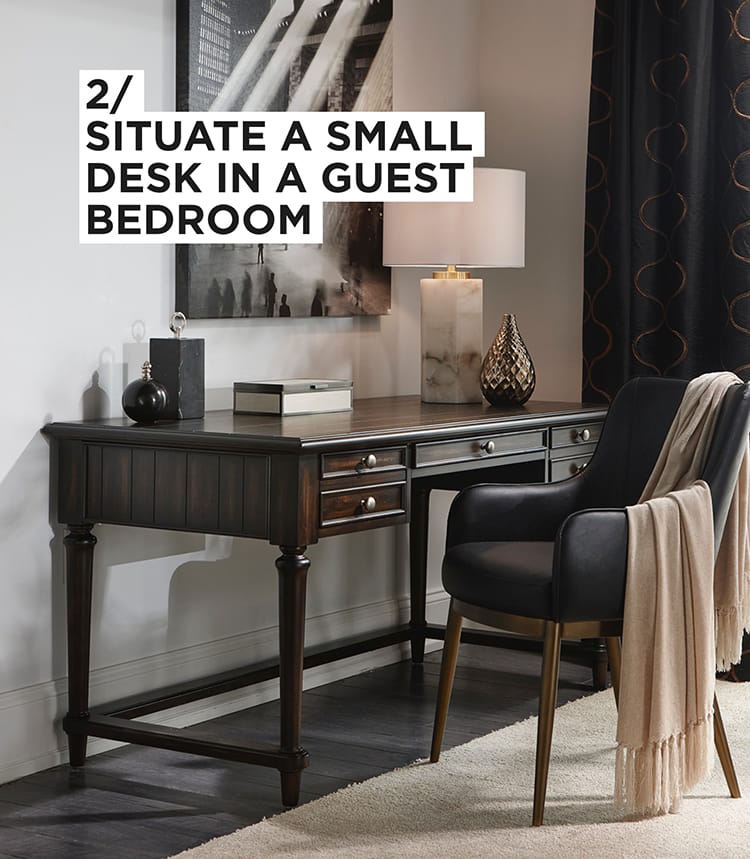
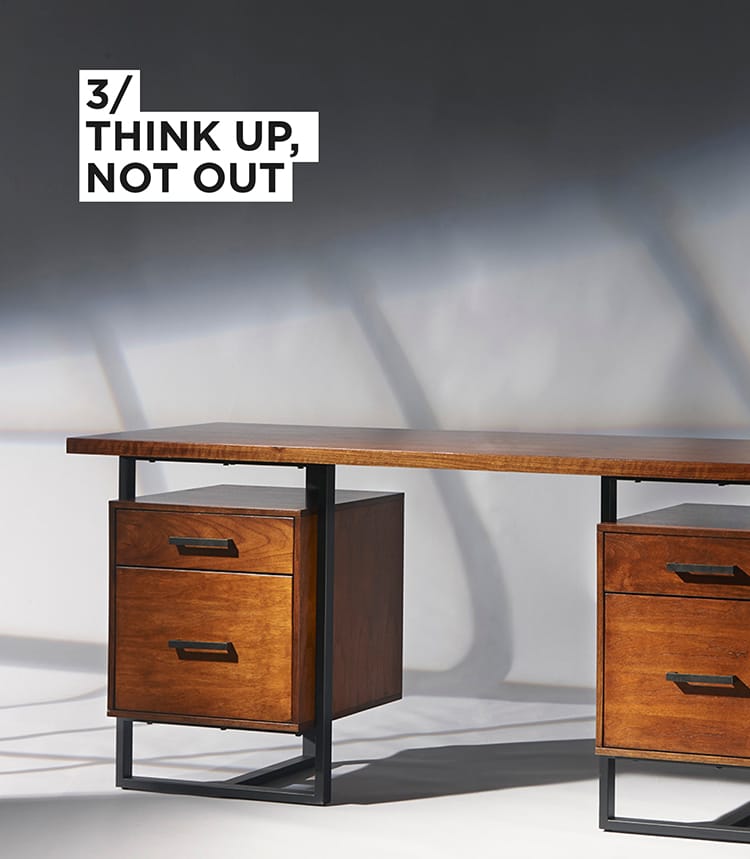
Consider choosing a work desk that's equipped with ample shelving (that climbs up the wall instead of across it) and can provide enough space for files and other work necessities you need to keep within reach.
Want to maximize the living area for your family and friends when they stay over? A desk with wheels can allow you to remove all hints of your workspace by simply pushing it out of the room—or into a closet—when guests are in town, then rolling it back into place when they leave.
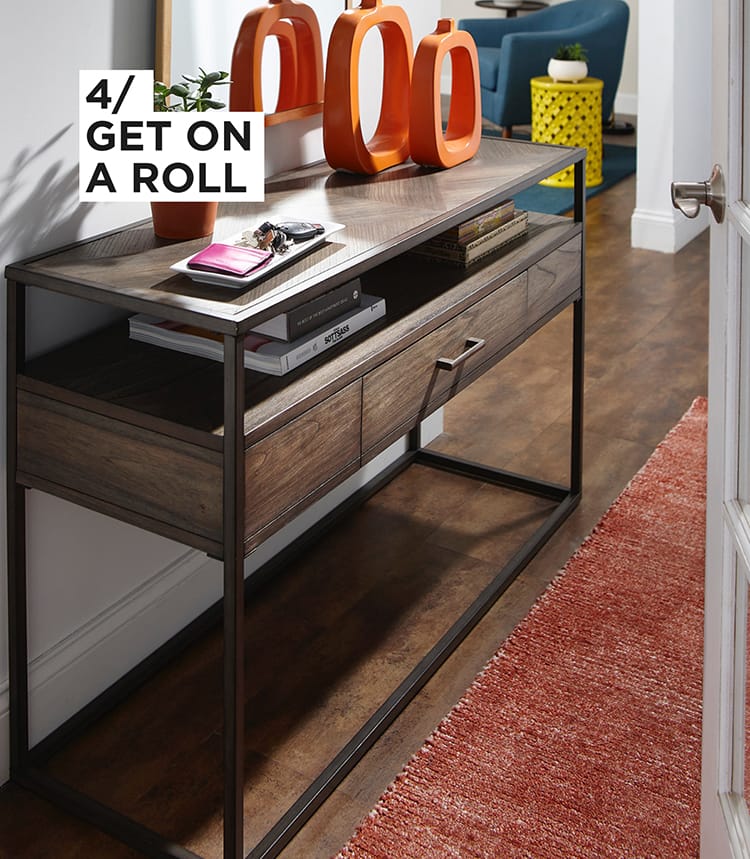

Here's another tip for quick cleanup when guests arrive: Put decorative baskets on open shelves where you can temporarily store papers and other office gear. This helps keep visible clutter to a minimum while also adding a stylish touch.
A nightstand is a nice, but not strictly necessary, piece of bedroom decor. If you're pressed for space in your combination home office/guest room, you can create extra room for a desk by removing the nightstand next to the bed.
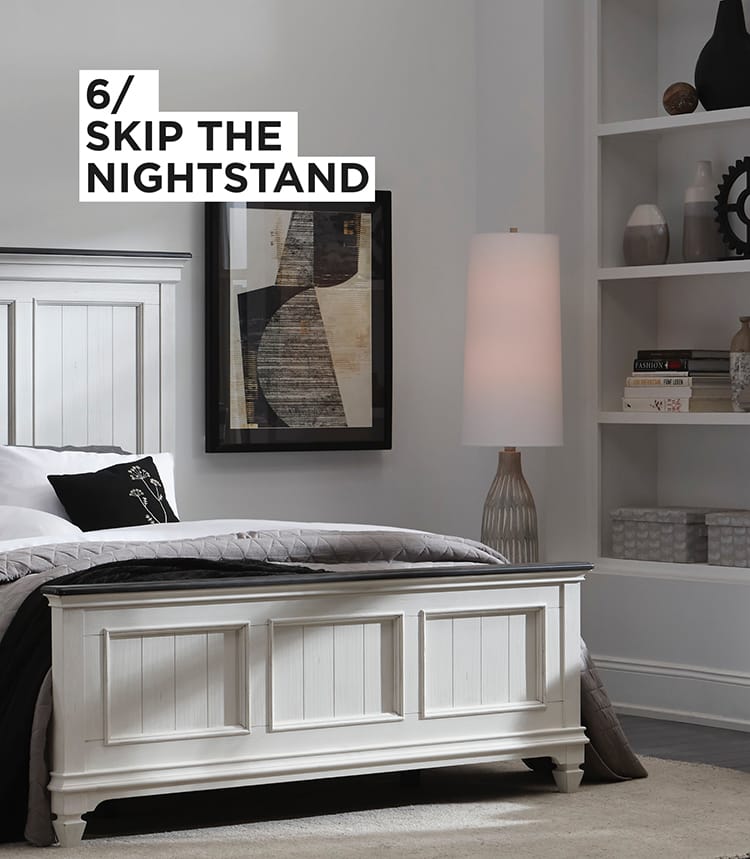
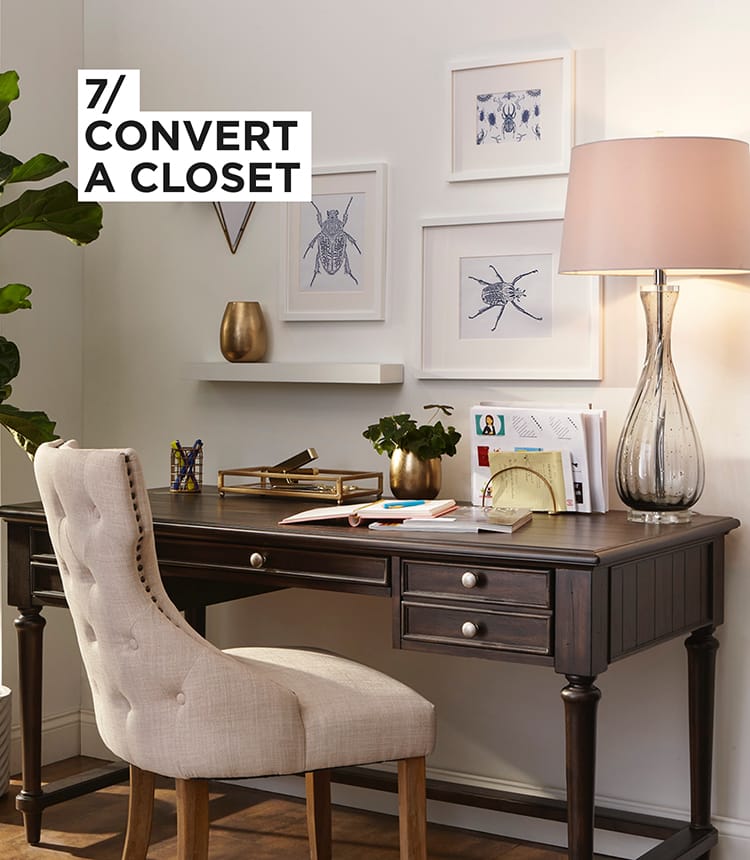
Bedrooms usually have built-in closets, but they're rarely used by guests. If this is the case at your house, you can get clever and take the doors off of the guest closet and use the recessed space for your home office setup instead. If you want to keep the doors on, you could potentially hide your workspace while guests are visiting!
Another solution for when you only occasionally need a quiet location to get some work done is to install a sturdy chair-height floating shelf that can be used as a laptop desk when you have your house to yourself. When guests arrive, it can provide storage for their bags and personal items.
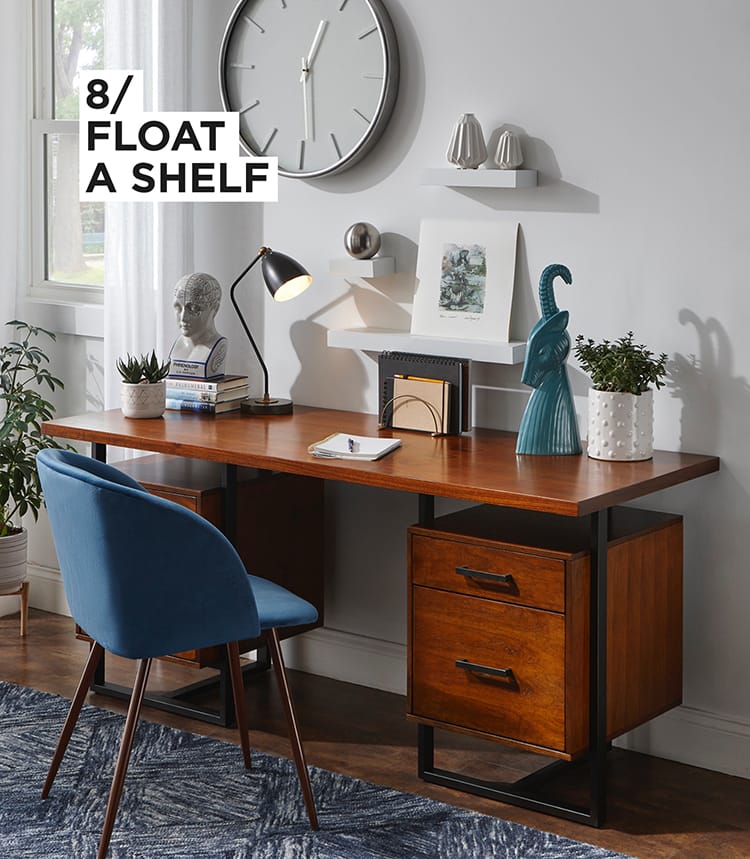
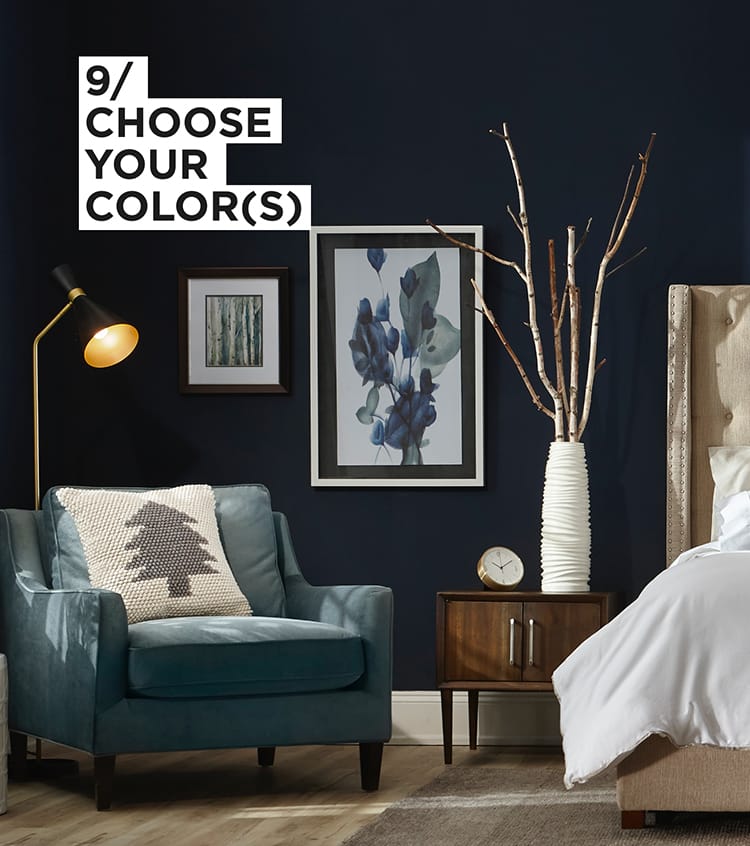
Do you want your home office setup to be distinct from the space dedicated for guest use? Consider using different paint colors and wall treatments to create separation within the same room. If, on the other hand, you want an integrated look, consider painting your guest room a shade of blue, which is considered the best color for high focus and productivity.
Working with a really small space? If your square footage is tight, you can make use of the room's vertical real estate. In this case, a laddered loft may be the perfect solution, with a bed on top and a compact work desk below.

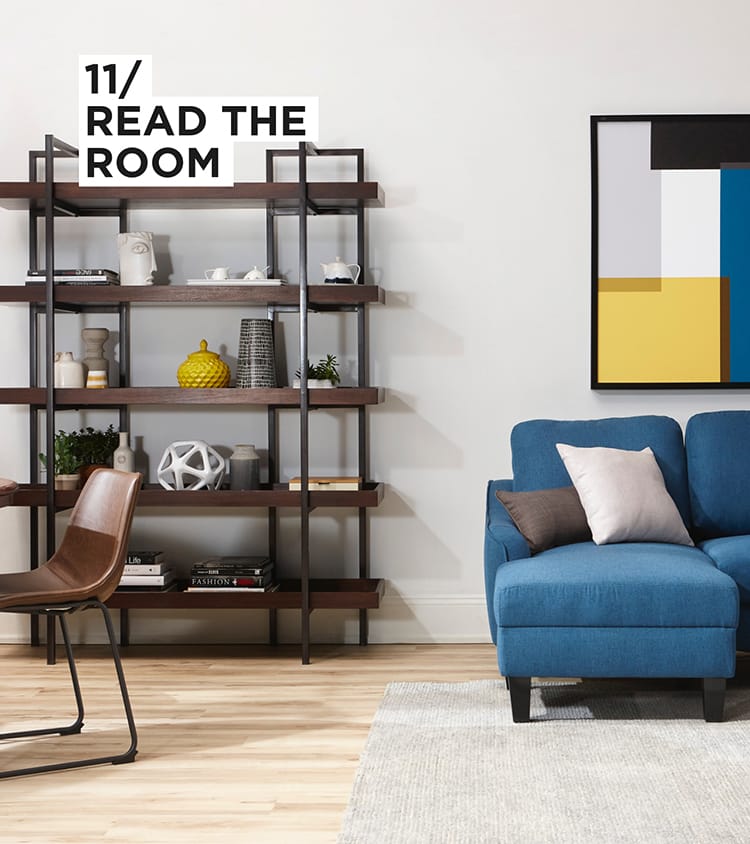
Bookshelves are not uncommon in guest rooms—and the space between shelves (below a window, for example) can be a great location for a sunny and unobtrusive work desk. In addition to adding style to your office/guestroom, this design touch can add a ton of storage.
To keep your shared room from feeling too cluttered, consider an office desk, chair, and other room furnishings with exposed legs and glass tops. In addition to creating a chic, modern aesthetic, this can increase the illusion of space, helping the room feel airy and open.
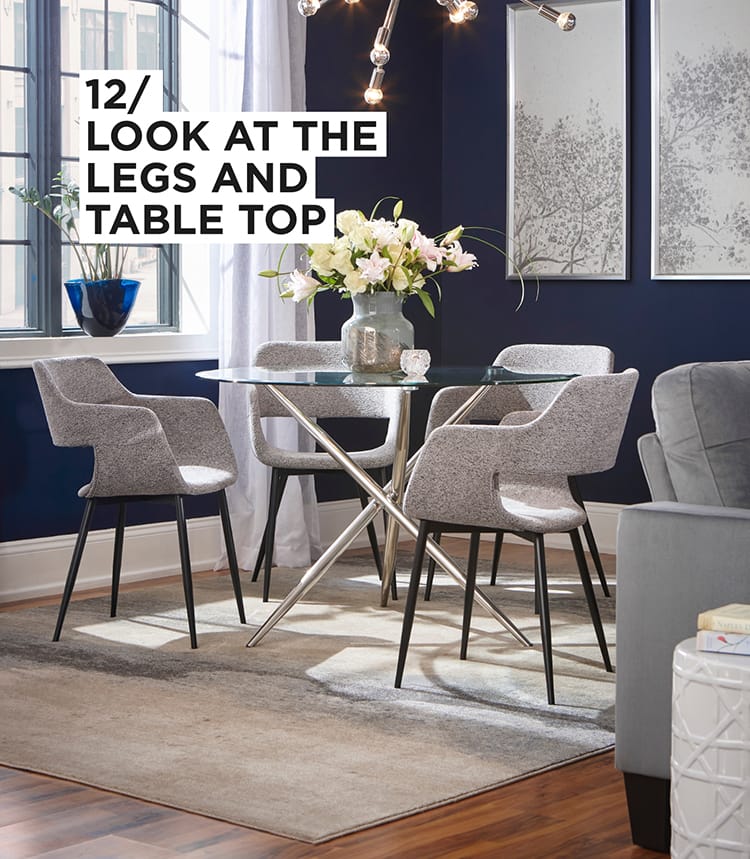
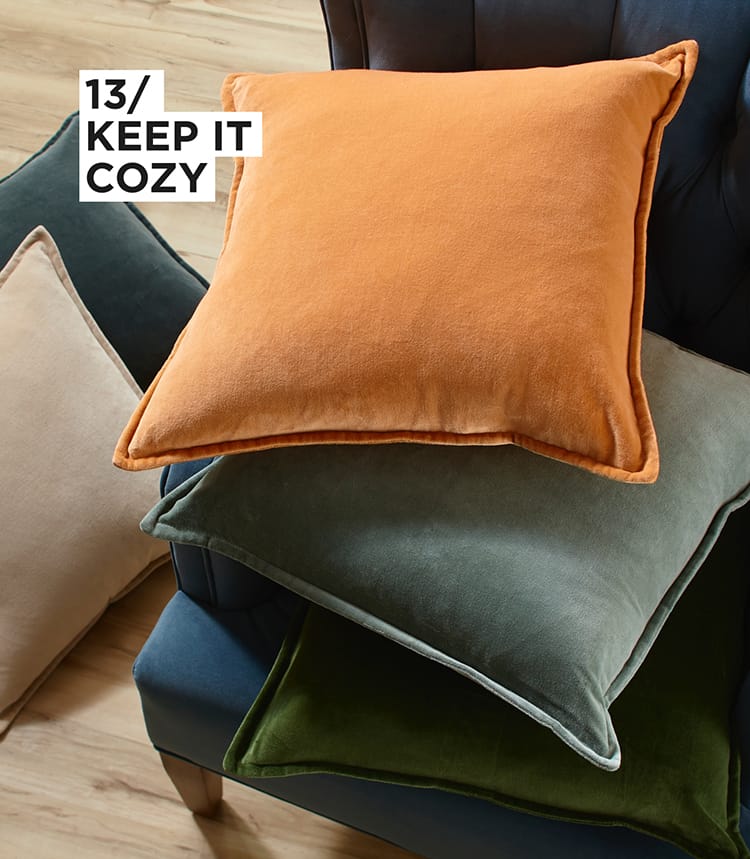
Soft textures and cozy touches like rugs, pillows, and blankets will make your guest room feel like home for guests—and make for a more comfortable workspace for you, too. You're likely to be more productive when in a relaxed setting, so it can be a win-win. Just make sure you aren't tempted to sleep on the job!

